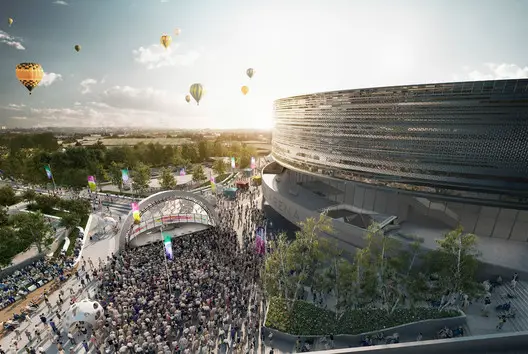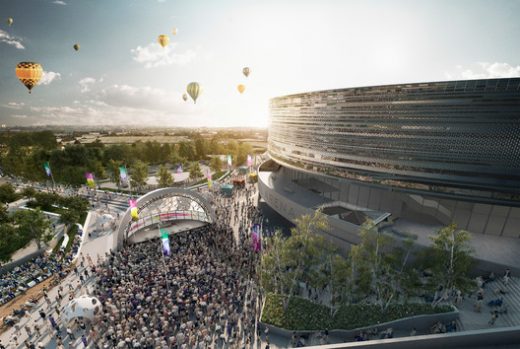3 Reasons Bristol Is Built For The Future Tips, England Buildings, Guide, Architecture
3 Reasons Bristol Is Built For The Future
3 Reasons Bristol Is Built For The Future
Founded in the 11th Century in a valley nestled between the rivers Frome and Avon on England’s south-west, Bristol grew to become a bustling trade port and is now a busy cosmopolitan city.
The value of random Bristol buildings is sometimes enhanced by the guerrilla graffiti antics of indigenous artist Banksy, but there’s much more to the city’s architectural heritage than spray paint shenanigans.
Several elegant edifices here are classics of their type and are intimately connected with their contemporary eras, but since the Industrial Revolution, several Bristolian projects take pride of place at the cutting edge of design.
With that in mind, here are five reasons Bristol’s built for the future.
- Clifton Suspension Bridge
If you want to gaze in absolute wonder at one of the world’s most magnificent engineering marvels, visit Clifton Suspension Bridge.
A 24-year-old Isambard Kingdom Brunel won the architectural competition to design the bridge in 1830 and construction started the following year, finally finishing in 1864 after a succession of serious problems during construction.
This iconic structure bears testament to the ingenuity of 19th century engineering and the blood, sweat and tears it took to bring Brunel’s vision to reality.
- Clifton Cathedral
Clifton Cathedral is a Grade II-listed Brutalist masterpiece which has to be seen to be believed.
To the untrained eye, it looks like a smashed tin funnel turned upside down and plonked on top of a collection of shoe boxes, but the 1960s design of architect Ronald J Weeks is based on groups of hexagons, with the liturgical importance of each area increasing towards the centre of the design, where the high altar sits illuminated underneath the distinctive spire.
The design delibrerately eschews the elaborate decoration of traditional Catholic churches so that worshippers can fully focus on the word of God being preached and every element is understated and unassuming.
- Bristol Airport
Bristol airport has much to recommend it – from direct connections to destinations like Dublin, Prague and Paris to easy parking with SkyParkSecure.
But it’s also admired for its architecture – the exterior design is all about sleek simplicity, with plenty of glass used to ensure the interior is blessed by an airy ambience.
Meanwhile, internal facilities were enhanced a few years ago by the addition of a mezzanine floor which enabled a more robust food provision for passengers and the infrastructure improvements by TODD Architects won first place in the renowned Airports Council International Best Airport architecture awards in 2018.
These three highlights are merely the tip of the architectural iceberg in Bristol, but they perfectly exemplify the fact that this is a city built for the future. From Isambard Kingdom Brunel to Ronald Weeks, the spirit of invention and
The next time you’re in the area, make time to see our highlights for yourself – you won’t be disappointed!
So ends our sojourn into Bristol’s architectural heritage. But have we missed your favourite Bristol building? Let us know in the comments section.
Comments on this guide to 3 Reasons Bristol Is Built For The Future article are welcome.
Contents
British Architectural Walking Tours
English Architectural Walking Tours
Comments / photos for the Bristol architectural heritage article page welcome

